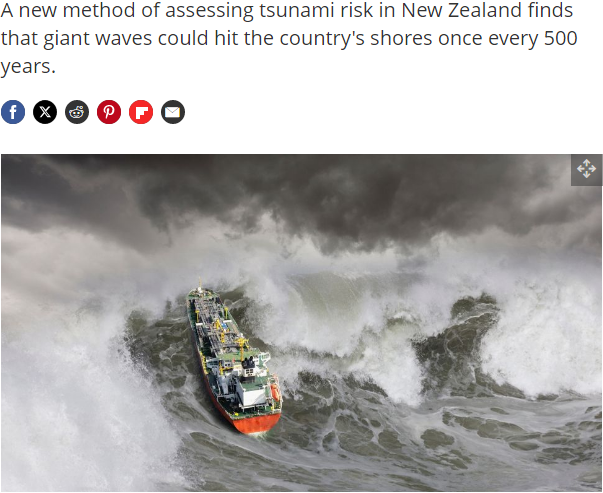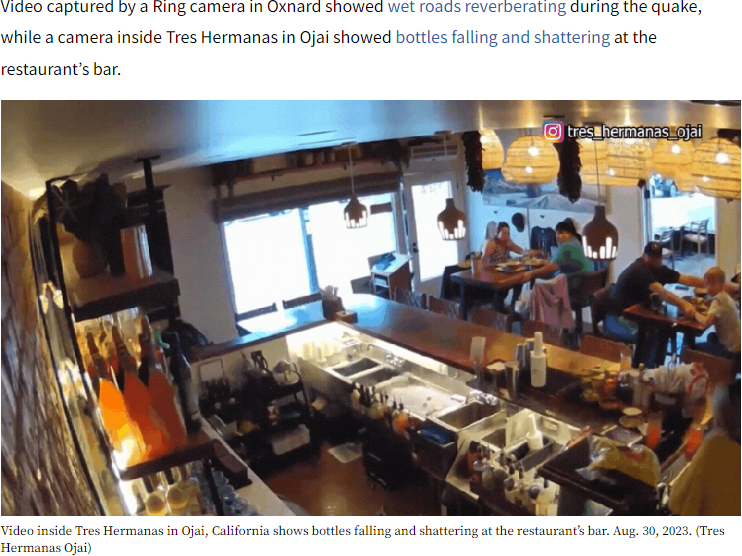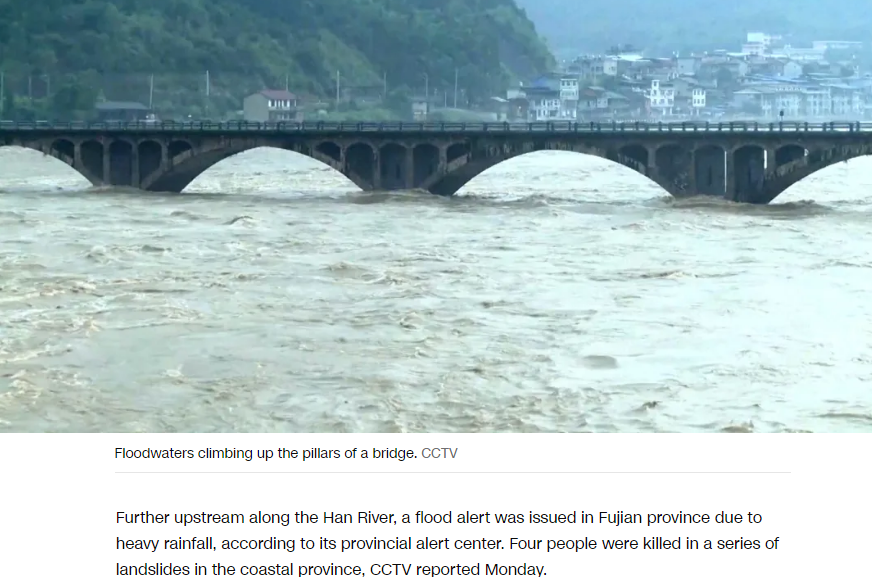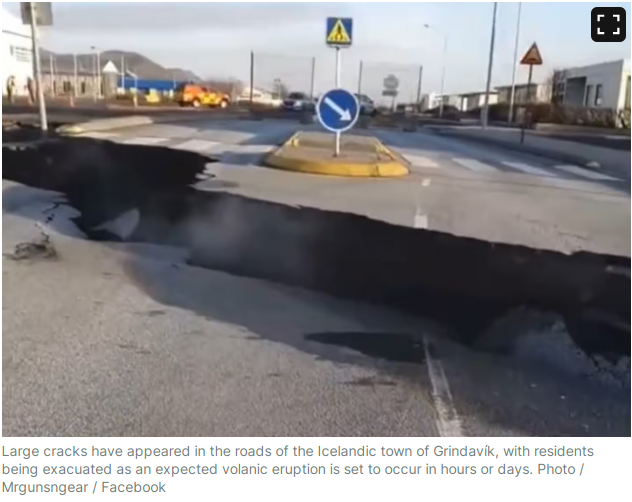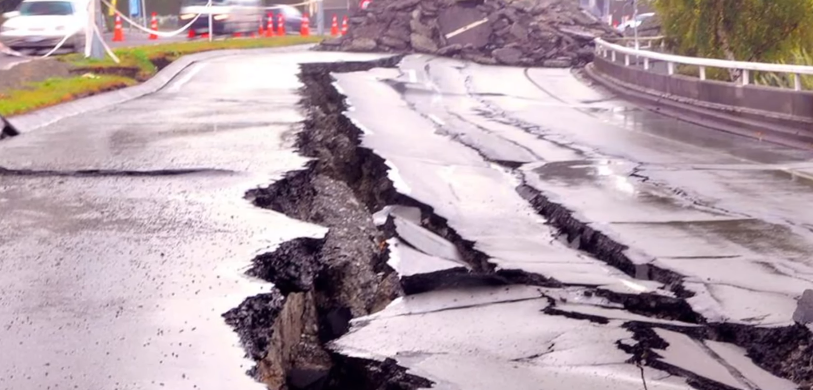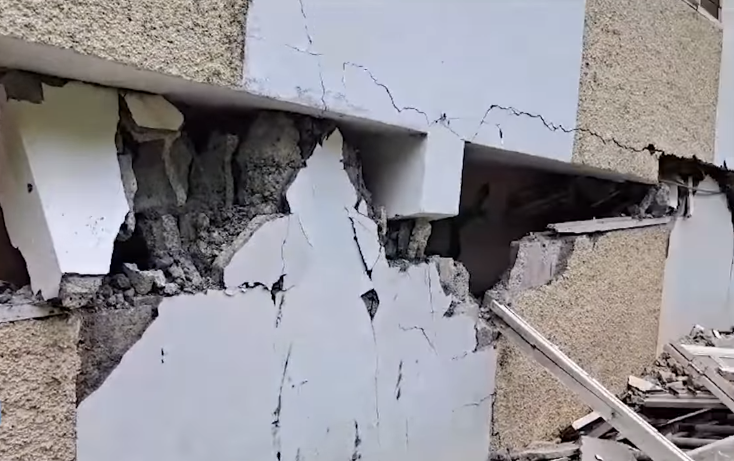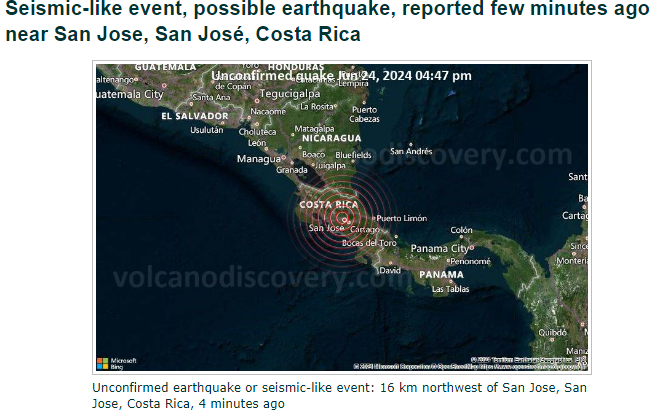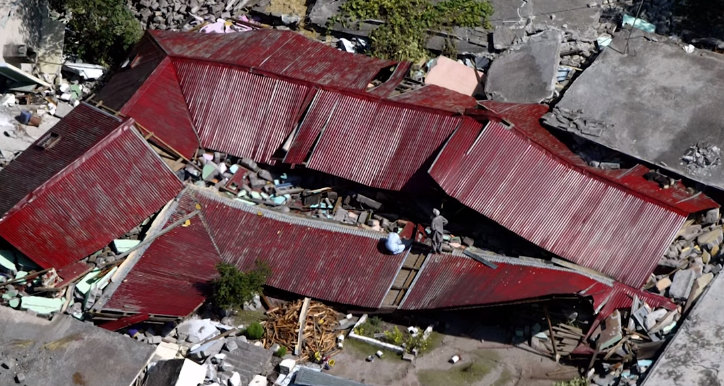Taiwan, an island nation located in East Asia, is no stranger to seismic activity. Its unique geographical location and tectonic setting make it one of the most earthquake-prone regions in the world. In this article, we will delve into the recent earthquake activity in Taiwan, providing a comprehensive overview of the seismic hazards and their impacts on the region.
| Date (UTC) | Magnitude | Location | Depth (km) | Distance from Hualian (km) |
|---|---|---|---|---|
| 2024-06-25 09:15:26 | 4.2 | Hualian, Taiwan, Taiwan | 10 | 32.2 |
| 2024-06-24 16:30:12 | 5.1 | Hualian, Taiwan, Taiwan | 27.2 | 27.2 |
| 2024-06-23 03:59:29 | 4.2 | Hualian, Taiwan, Taiwan | 10 | 32.2 |
| 2024-06-22 18:00:29 | 4.5 | Hualian, Taiwan, Taiwan | 19 | 33.2 |
| 2024-06-21 04:25:56 | 4.4 | Hualian, Taiwan, Taiwan | 38 | 57.2 |
| 2024-06-18 03:46:57 | 4.7 | Hualian, Taiwan, Taiwan | 18 | 21.2 |
| 2024-06-12 23:37:51 | 4.1 | Hualian, Taiwan, Taiwan | 38 | 11.2 |
| 2024-06-11 21:51:32 | 4.4 | Hualian, Taiwan, Taiwan | 29 | 23.2 |
| 2024-06-10 03:56:16 | 5.0 | Yonakuni, Okinawa, Japan | 36 | 91.2 |
| 2024-06-06 15:51:16 | 4.2 | Hualian, Taiwan, Taiwan | 37 | 23.2 |

Recent Earthquake Activity
Taiwan has experienced a significant number of earthquakes in the past 30 days, with a total of 288 events with a magnitude of M1.5 or greater[^4^]. The largest earthquake, a M4.7 event, occurred on June 18, 2024, in Hualian, Taiwan, at a depth of 18 km[^4^]. This earthquake was followed by a M4.4 event on June 21, 2024, also in Hualian, at a depth of 38 km.
Impacts and Consequences
Earthquakes in Taiwan can have devastating consequences, as evidenced by the M7.4 earthquake that struck the island on April 3, 2024, killing 9 people and leaving 50 missing[^5^]. The earthquake caused massive landslides, blocking tunnels and damaging several roads. Major chipmaker TSMC reported no impact on its operations, but the overall economic and social impacts of such events can be substantial.
Preparedness and Mitigation
Given the high seismic risk in Taiwan, preparedness and mitigation measures are crucial. The Central Weather Administration (CWA) plays a key role in monitoring and reporting earthquake activity, providing timely information to the public and relevant authorities[^1^]. Building codes and land-use regulations are essential components of earthquake risk reduction strategies, aiming to minimize damage and loss of life in the event of a seismic event.
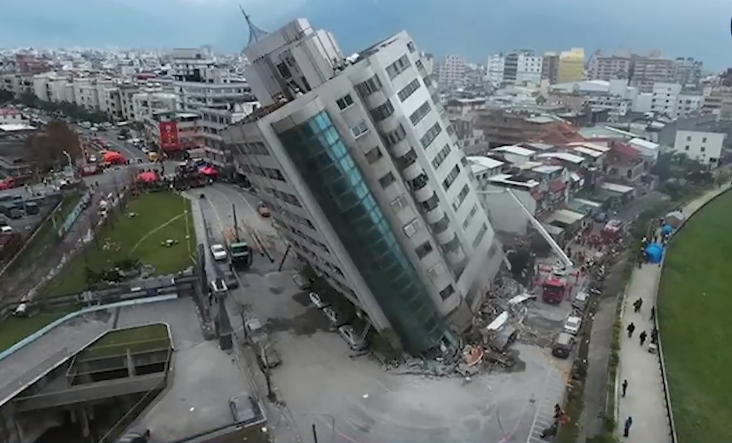
Conclusion
Taiwan’s location and tectonic setting make it a seismically active region, with numerous earthquakes occurring regularly. The consequences of these events can be severe, as demonstrated by the M7.4 earthquake in April 2024. Preparedness and mitigation measures are vital to reducing the impacts of earthquakes, and continuous monitoring and reporting by organizations like the CWA are essential for ensuring the safety and well-being of the Taiwanese population.
References
[^1^] Central Weather Administration. (n.d.). Recent Earthquake Report. Retrieved from https://www.cwa.gov.tw/V8/E/E/index.html [^2^] USGS. (2024, May 10). M 5.8 – 38 km NE of Hualien City, Taiwan. Retrieved from https://earthquake.usgs.gov/earthquakes/eventpage/us6000mxpi [^3^] NDTV. (n.d.). Taiwan Earthquake. Retrieved from https://www.ndtv.com/topic/taiwan-earthquake [^4^] Earthquake Track. (n.d.). Today’s Earthquakes in Taiwan. Retrieved from https://earthquaketrack.com/p/taiwan/recent [^5^] Reuters. (2024, April 3). Taiwan’s strongest earthquake in 25 years kills 9 people, 50 missing. Retrieved from https://www.reuters.com/world/asia-pacific/strong-72-magnitude-earthquake-hits-taipei-2024-04-03/

